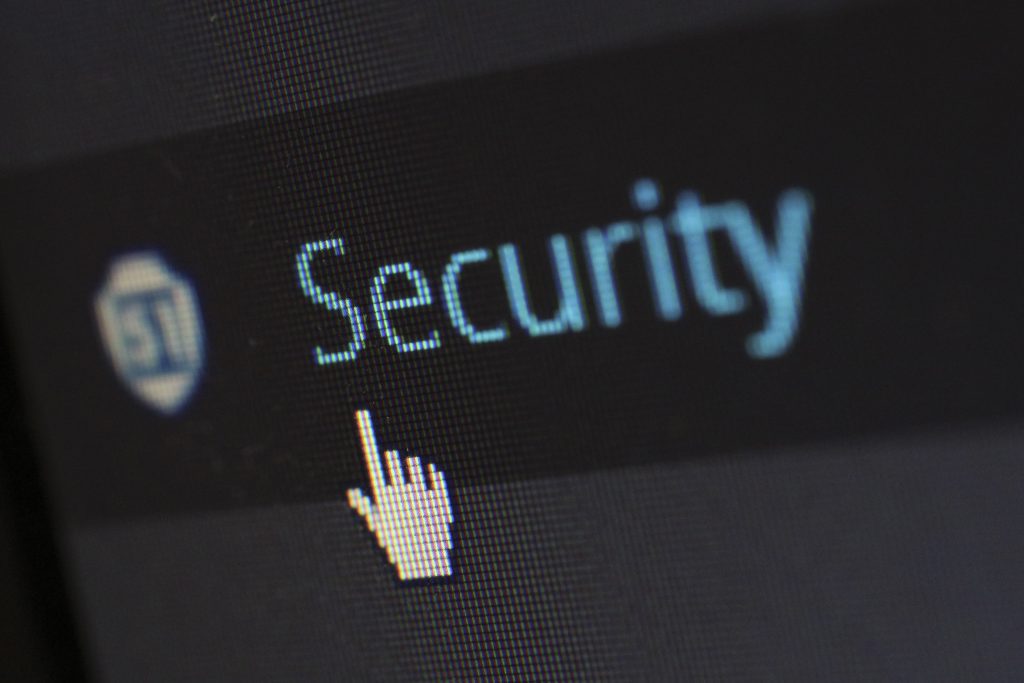Can Technology Help with Security Problems at Schools?

Mass shootings, cyberbullying, physical fights and other forms of violence in school settings happen with alarming regularity in the United States. There was a time when schools were a safe haven from the outside world, but it isn’t the case any longer. Today’s reality is that even some primary schools have enlisted police officers to roam campuses least a few days a week. Accounting for the safety of students, faculty, parents, visitors, and support staff is arduous, to say the least.
Technology has changed the world, and for better or worse, is woven into our daily lives. New social media platforms and apps have raised additional concerns like bullying, distraction, and cyber safety, but new and emerging technologies focused on keeping schools safe can help prevent such issues and more.
Where metal detectors and X-rays were once prevalent, newer technologies like social media monitoring, cyber safety kits, visitor management systems, panic buttons, mass messaging services and surveillance cameras have replaced them. Aside from guns, schools have a multitude of issues to be concerned about. But, thankfully, this newer technology is helping.
Social Media Monitoring
Teens and social media go hand-in-hand, and while social media can promote togetherness and community, it can also have the opposite effect in the form of cyberbullying. Because teenagers are constantly online using Facebook, Snapchat, and Instagram, cyberbullying has become a major issue for school children, even prompting campaigns for anti-bullying legislation. A startup called Social Net Watcher based in Indianapolis has designed a SaaS product that scans social media sites looking for keywords and phrases that may indicate cyberbullying or violence – and sends an alert to school administrators.

Smartphone Apps and Mental Health
With smartphones and apps now ubiquitous, there’s an app for everything, including mental health. Such apps deal with issues of anxiety, depression, PTSD, suicidal tendencies and acts of violence. The Anxiety and Depression Society of America has rated several apps based on ease of use and efficacy, including MindShift and Headspace which are two of the most widely-used mental health apps.
Another set of apps built by OneSeventeen Media are focused on children in grades K-12. ThinkingApp and reThinkIt are designed to deal with students’ emotions in real-time by providing “emotional digital triage” for distressed schoolchildren before things escalate further. Live mentors guide students through challenging moments and help them process their emotions.
Visitor Management Systems
Visitor Management Systems are one of the most popular security measures that has emerged since the days of metal detectors. Through the use of ID cards and barcode scanners, schools can register every visitor who enters and exits campus, track their sign in and sign out times, the reason for their visit, and more. College campuses almost always use ID badges for security to keep students safe, and secondary as well as primary schools can utilize them as well. Card readers can also be equipped with electronic locks restricting access to facilities and classrooms for teachers and students, and barcode scanners can track when and where cards are used to enter and exit areas.
Video Surveillance
Now one of the most widely used protective measures in schools, video surveillance can be an excellent crime deterrent. Video equipment at school entrances, exits and throughout the property add another layer of security for students on campuses in case of violence or threats of violence. There are all kinds of security cameras available for different purposes and studies have even shown that success is dependant upon how the surveillance system is set up and monitored.
Panic Buttons
Should an actual incident occur on campus, the emergency must be contained as quickly as possible. The speed at which 9-1-1 can be contacted and responders dispatched is key and could be a matter of life or death in certain situations. Faculty and students are now able to wear panic buttons at all times so they can activate them as soon as danger arises. App-based panic buttons are now advanced enough to alert responders exactly where to go, what the emergency is, and who triggered the panic button.
Simultaneously, all users in a network receive a message and can act accordingly given the type of emergency. Users can initiate appropriate procedures, be it a lockdown, natural disaster or medical emergency. Certain app-based panic buttons also allow responders access to a school’s safety profile, which shows entry and exit points to school campuses as well as building layouts and floor plans.
Mass Messaging Systems
Mass messaging systems, like eztexting SMS for schools, allow schools to quickly convey messages to faculty, students and parents in real-time when a threat arises. Messages are sent through multiple channels including email, text, and voicemail simultaneously to computers and smartphones. Most text messages are usually read as soon as they arrive, so students and teachers can act quickly.
Of course, mass messaging systems for schools can be used for other occasions like early dismissals, event cancellations, registration deadlines and other day-to-day situations.

In sum, the most important aspect of security is the interoperability of technology and optimization of communication strategies in a digital-first world. The added benefit of such technologies is that in non-emergency situations, schools can easily communicate with students, parents, and staff.




